
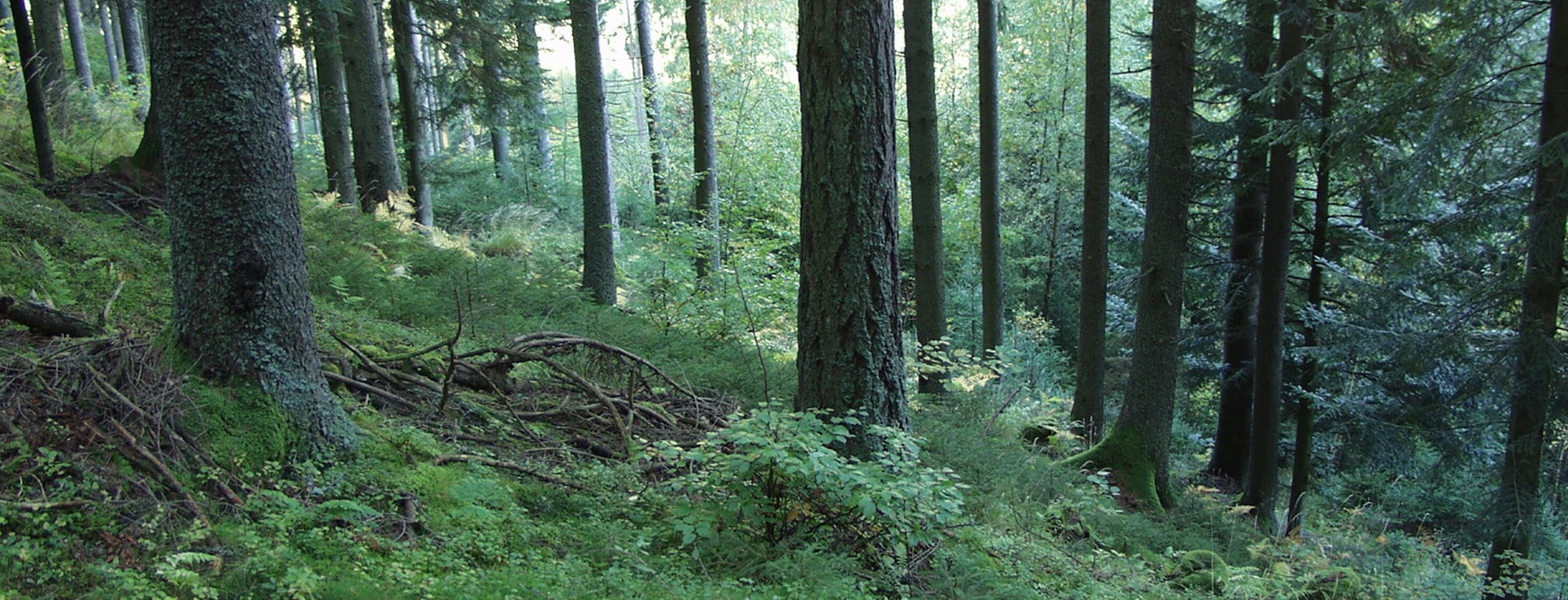


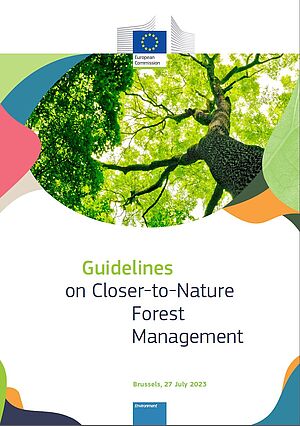
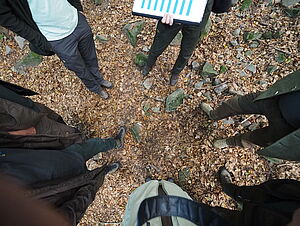
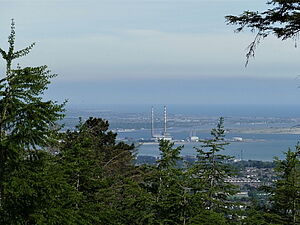
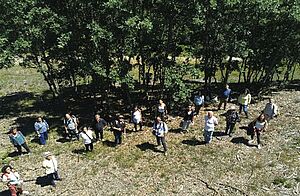
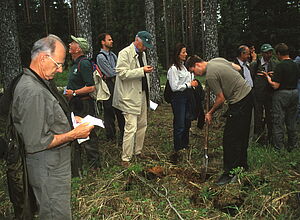

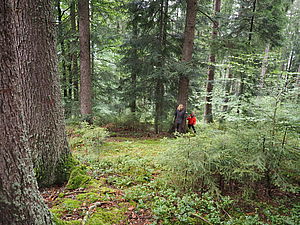
Development of close to nature forestry and ProSilva Europe
by Jean-Philippe Schutz
Abstract:
We present the different facets of close to nature forestry and the reasons for its practical success. They lie in using free natural processes, the so-called biorationalsiation, to achieve multi-purpose aims. This vision is fully in line with promoting good governance, achieving optimal habitat conditions and thus to improve biodiversity. This appears to be the right model for multiple use in modern socities. It is also compatible with the current goal of good carbon management.
___________________________________
Close-to-nature forestry – Participatory planning and educational outreach: using Forest Development Types (FDT) in communication and learning
J. Bo Larsen, Anders Busse Nielsen
Abstract
Conversion from age-class forestry to close-to-nature forest management calls for new ways to describe and communicate long-term goals for stand devleopment with forest owners, workers and managers, as well as stakeholders. Further, it is crucial to integrate goals and methods of close-to-nature forestry into education and training. In Denmark, Forest Development Types (FDT), illustrated by use of profile diagrams, has proved a useful contemp for communication such “novel” long-term goals thus being instrumental in facilitating and supporting dialogue and participation in planning processes. The concept has already been applied to 120,000 ha of state owned forests and used by the municipality of Aarhus – Denmark’s second largest city – as part of a participatory planning process in agreeing upon long-term goals for 1,800 ha of forest in and adjacent to the city. Further, the concept of forest development types is used as a planning and design tool for forest landscape restoration in teaching at the international master course “Urban Woodland Design and Manangement” at the University of Copenhagen. Drawing upon experiences gained from these actions, the papper describes and discusses the concept of Forest Development Types as a tool easing social learning between research and practice, promoting public involvement, and facilitating professional learning around close-to-nature forest management at the university level.
Read more here
___________________________________
Economic and ecologic advantages of small scale structured beech close-to-nature forest management: the case of group selection system
Franz-Sales Froehlich
Abstract
The District Forestry of the Duchy of Lauenburg (Schleswig-Holstein) changed silvicultural sytem in beech forests from “shelterwood with delayed clearance” to “group selection felling” due to economic, political and nature conservation reasons. The comparison of both systems showed advantages of group selection system regarding growth of valuable large diameter trees and higher overall income of about 10%, but small loss of regenreation growth and quality due to the effects of edging. The ecological values are in favour of group selection system due to similarities in forest horizongtal structure with old-growth forest.
Read more here
